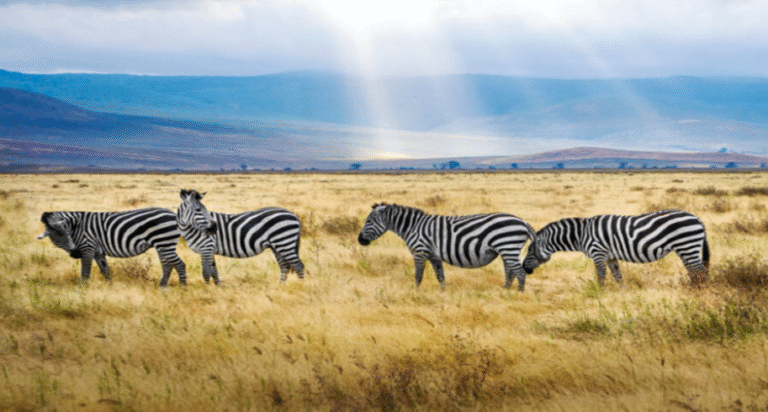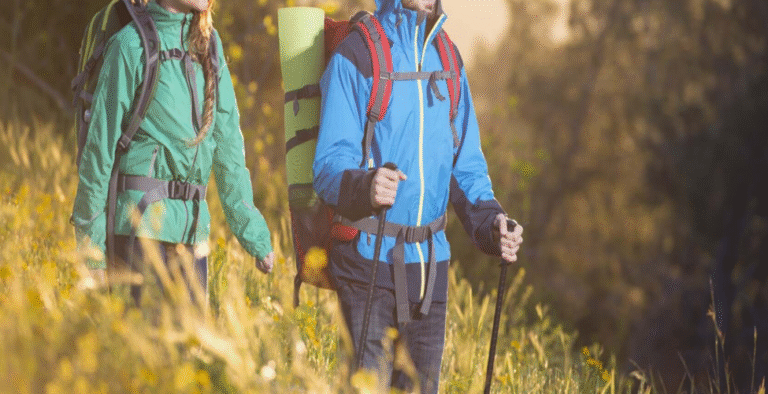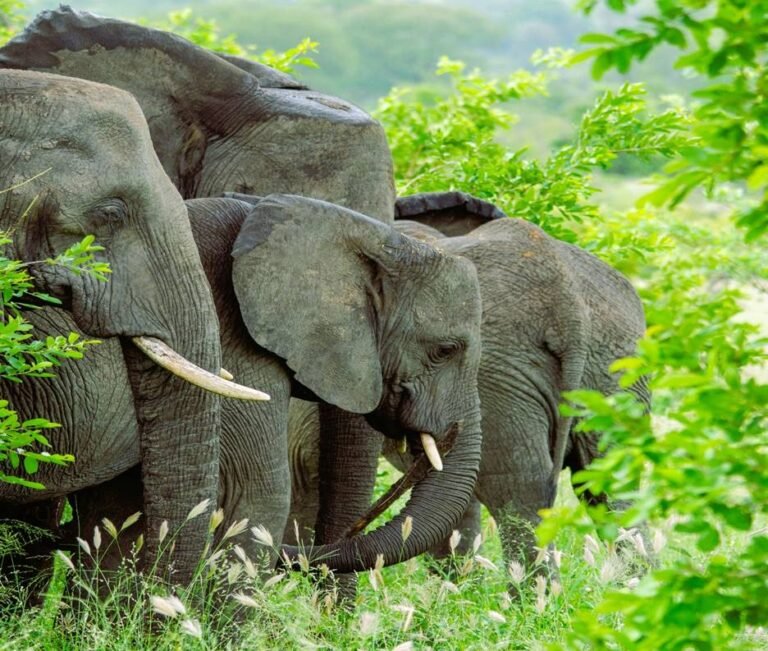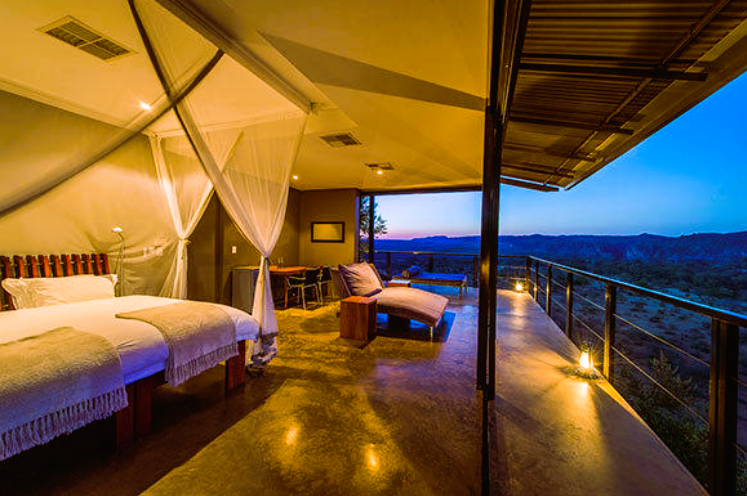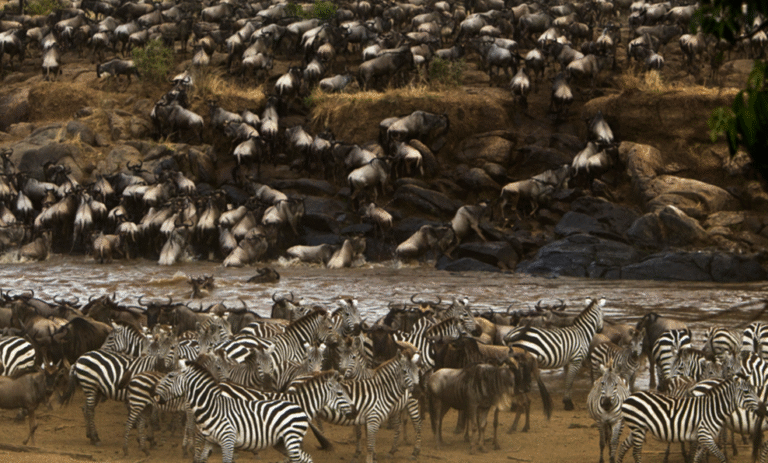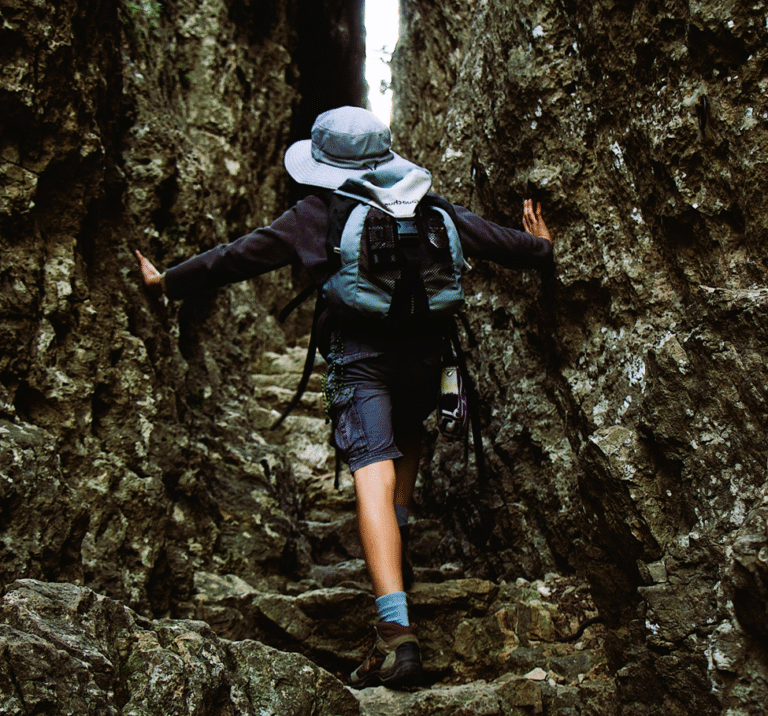Blisters can be a serious issue while hiking. They are unpleasant, disturbing, and can ruin your hiking journey. Blisters can be prevented with a few simple steps. Here’s how to keep your feet safe and Prevent Blisters while hiking.

Choose the Right Hiking Shoes
The first step to blister prevention is good shoes. Your shoes should fit comfortably, but not too fitted. Make sure they allow some room for your toes. If shoes are too tight, they’ll rub and cause blisters. Loose shoes can also lead to rubbing and discomfort. Try on hiking shoes with your hiking socks. Walk around to check out the shoes to see if they are the best fit.

Break in Your Shoes Before Hiking
New shoes can cause blisters easily. Before hiking, wear new shoes around the house. Walk in them for short periods at first. Gradually increase the time you wear them. This process helps soften the material and reduce friction. Don’t start a big hike with brand-new shoes. Breaking in your shoes can make a massive change. Follow the above-mentioned precautions to Prevent Blisters while hiking.
Wear Moisture-Wicking Socks
Moisture is a major cause of blisters. Choose socks made of synthetic materials. Wool is also a great option for hiking socks. These kinds of materials pull wetness away from your skin. Avoid cotton socks as they hold moisture, causing blisters. choose socks with stuffing in blister-prone areas. Some hikers wear two pairs of socks for additional safety.

Keep Your Feet Dry
Wet feet are more likely to develop blisters. Carry an extra pair of socks while hiking. Change your socks if your feet get sweaty or wet. Foot powders can help you to keep your feet dry. Sprinkle a bit on before you start hiking. Some hikers also use antiperspirant on their feet to Prevent Blisters while hiking. This helps reduce sweat and moisture buildup.
Use Blister Prevention Products
Several things can help you avoid blisters. Moleskin is a thick adhesive pad. It is perfect for areas prone to blisters. Wear it before hiking to defend your skin. Another option is blister tape, such as Leukotape. This is thin, sticky, and holds up well. Apply it to parts where you frequently acquire blisters. There are also blister-preventing balms that minimize friction.

Trim Your Toenails
Long toenails might cause friction inside your shoes. This can result in blisters on your toes. Trim your nails before going hiking. Take care not to cut them very short. Short nails can also be uncomfortable. Aim for perfectly cut nails without any sharp edges. This process ‘ll help you to Prevent Blisters while hiking.
Adjust Your Laces
Improperly laced shoes can lead to friction. This is especially common on downhill hikes. Keep your laces tight enough to secure your foot. But make sure they aren’t too tight. Some hikers use different lacing techniques for various trail conditions. For example, use a heel lock for added stability. Experiment with your lacing to find what feels best.
Take Regular Breaks
Long hikes can make your feet swell. Taking pauses helps to minimize the swelling. Stop around every hour to relax your feet. During breaks, remove your shoes and socks. Let your feet to dry out. Check your feet for symptoms of rubbing. If you find a hot spot, wrap it with tape or a moleskin. Addressing difficulties early can help to avoid worse problems later.
Check Your Feet Regularly
Pay attention to how your feet feel. Regularly examine your feet could save you a lot of pain. Keep an eye out for any rubbing or soreness. If you sense any hot spots, stop and deal with them. Ignoring these signs can make blisters much worse.
Practice Good Foot Hygiene
Keeping your feet clean is essential. Dirty feet are more likely to get blisters. Wash your feet before hiking if possible. Clean them at the end of the day also. Use antibacterial wipes if there’s no water source. Keeping your feet clean reduces friction and infection risk.
Know When to Use Blister Pads
Sometimes, despite all precautions, blisters happen. Blister pads provide a cushion and reduce friction. They can be a lifesaver if you get a blister mid-hike. Keep a few in your first-aid kit just in case. Applying a blister pad right away Prevent Blisters while hiking.

Blisters are frequent among hikers, but they can be avoided with basic measures. Wearing well-fitting shoes, good socks, and keeping your feet dry are all vital. Quickly addressing any foot matters is also beneficial. With these strategies, you can Prevent Blisters while hiking.
FAQ’s
What shoes are best for preventing blisters?
Do socks make a difference in blister prevention?
How can I keep my feet dry while hiking?
What are hot spots, and how do I treat them?
Should I carry blister prevention supplies?

